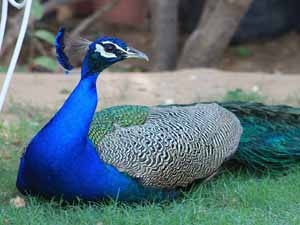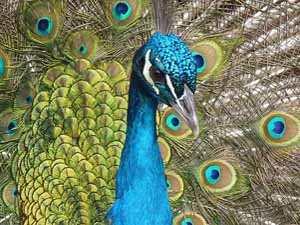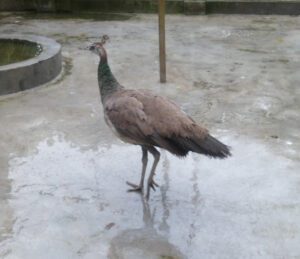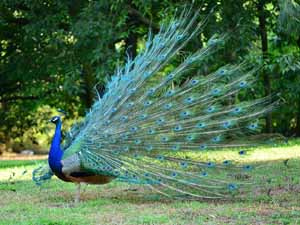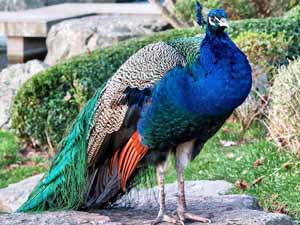Proper caring for peacocks is very important for both small scale and commercial peacock farming business. If you are a beginner, then you must know the steps of caring for peacocks. Caring for peacocks requires providing them with a suitable outdoor space, a balanced diet, regular health checks, grooming, socialization, and protection from predators. With proper care and attention, peacocks can live long and healthy lives. Here in this article, we are trying to include all aspects of caring for peacocks.
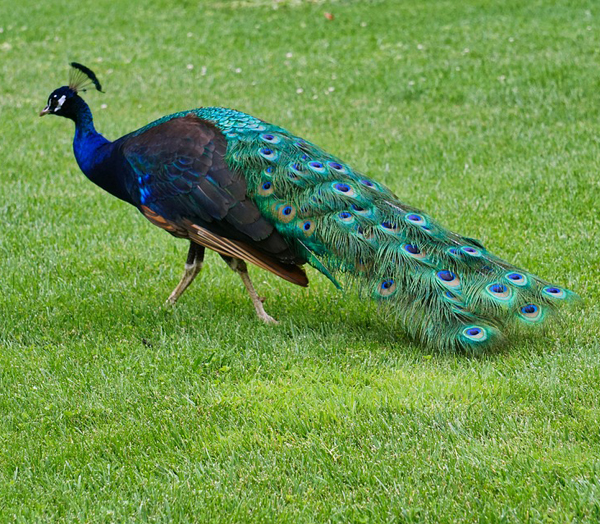
Caring For Peacocks
Caring for peacocks involves providing them with a secure and spacious outdoor area for roaming, a balanced diet consisting of grains, fruits, vegetables, and insects, regular health checks, grooming, socialization with other peafowl, and protection from predators. It is important to monitor their health and behavior and seek veterinary care if necessary. With proper care, peacocks can live long and healthy lives as beautiful and beloved ornamental birds. Here are some important caring tasks.
- Provide good housing facilities
- Feed them nutritious food
- Health management and disease prevention
- Perform regular grooming
- Perform feather care
- Ensure regular bathing
- Regurlar nail and beak trimming
- Skin care
- Breeding and hatching

